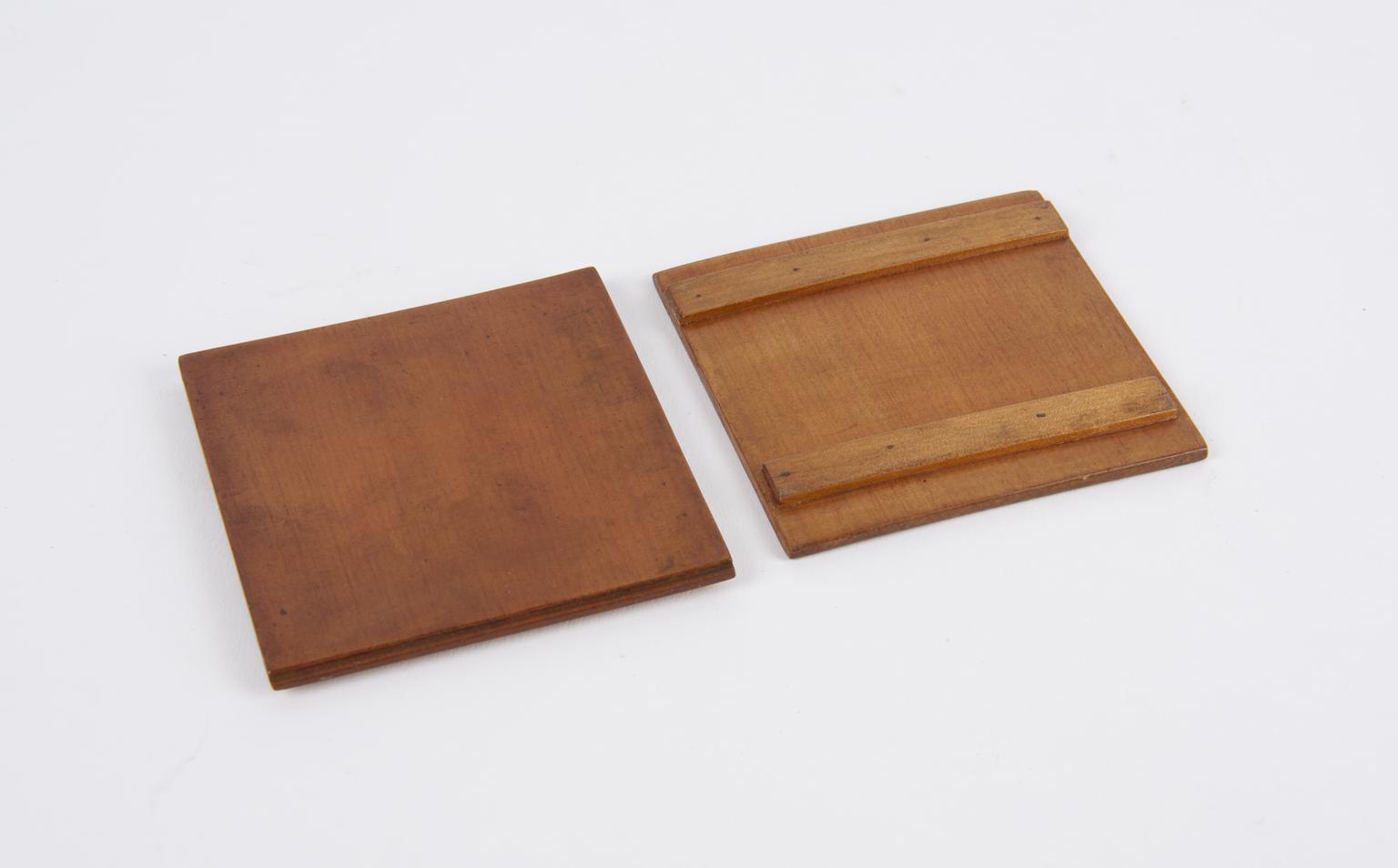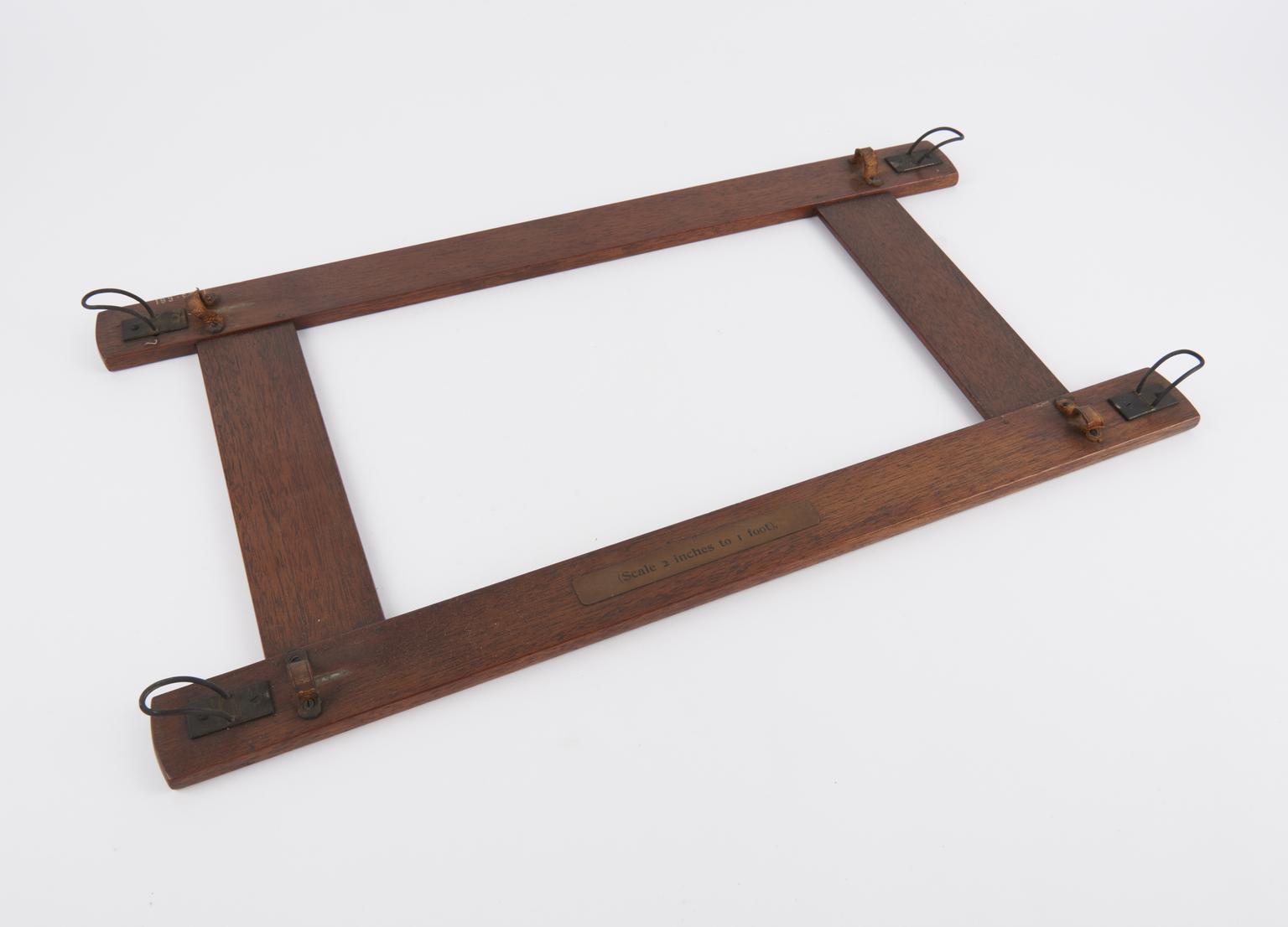
Clarence carriage fitted as an ambulance, model.
Clarence carriage fitted as an ambulance, model (scale 1:6)
- Object Number:
- 1923-661/1
- type:
- model - representation
- Image ©
- The Board of Trustees of the Science Museum

Clarence carriage fitted as an ambulance, model (scale 1:6)
The "Clarence" carriage introduced in 1840 was named after the Duke of Clarence; it was a light coach designed on the lines of the Brougham. This one is arranged as an ambulance, and in this form was commonly used in Scotland until the advent of the motor vehicle.
The body has a wide side door, and a special rear door is provided to give easy entry to a stretcher. It will accommodate two or three patients and an attendant nurse. The inside is lined with polished butternut wood so it can easily be washed with disinfectant. The door lights are made to drop, but the front and side lights are fixed. The rear axle has three-quarter elliptic springs connected by a transverse spring, while the forecarriage has full elliptic springs. The wheels have Collinge axles, and are fitted with pneumatic tyres. Shafts are provided for one horse.
The model won the silver medal from the Coach Maker's Company for 1902, the "only medal given by a Company for a model".

Clarence carriage fitted as an ambulance, model (scale 1:6)

Panels from Clarence carriage fitted as an ambulance, model (scale 1:6)

Base plate for Clarence carriage fitted as an ambulance, model (scale 1:6)